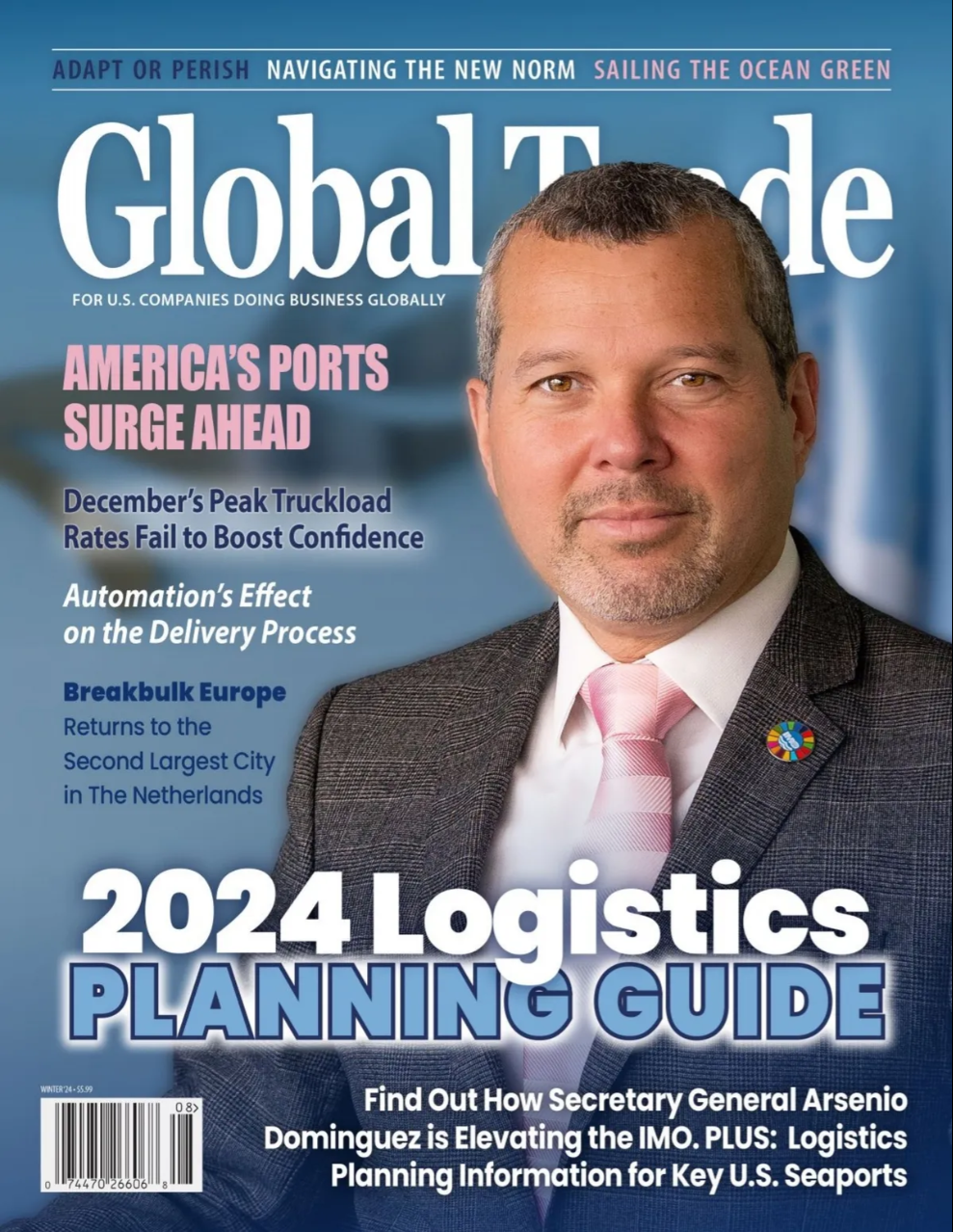Today’s consumer isn’t used to waiting. They expect to get whatever product they want, wherever they want it, as soon as possible. Perhaps nowhere is this more true than in the world of ecommerce. Customers look forward to their online purchases arriving faster than ever – sometimes on the same day that they click “purchase.” And with drone doorstop delivery on the horizon, compressed delivery timelines show no sign of stopping anytime soon.
Faster ecommerce delivery has created revolutionary convenience for consumers, but it’s also generated major transportation hurdles for companies to overcome. As a result, companies that want to deliver ecommerce shipments at the speeds that customers expect need to consider how to adapt all elements of their supply chains.
Managing more intricate logistics
Some companies that raced in to capture an early share of ecommerce market struggled to keep up while also keeping costs down. But that’s to be expected with a more complex distribution model.
Instead of shipping mostly to stores, companies now must determine if their supply chains can quickly move orders to many consumers in many locations. To do this, they must be able to proactively coordinate shipments whether they’re on the ground, on the ocean or in the air.
Companies can help manage this complexity by taking a more hands-on logistics approach. They should draw on a variety of services and resources, while remaining efficient and visible.
Many shippers, for example, choose to work with a third-party logistics provider to help facilitate the intricate details of shipments, provide visibility, and help freight arrive in a timely manner.
Fixed or Flexible?
One of the biggest decisions a company in the ecommerce market will make is how they balance their supply chain.
For example, a supply chain that’s more focused on fixed infrastructure than the fluid movement of goods can lower a company’s costs in the long run but also make them less agile. While a service-heavy, asset-light supply chain can make a company more flexible but also raise their costs.
Some companies are drawing a line in the sand. Some online businesses, for example, are rejecting ecommerce’s expectation of immediacy. Instead, they’re building supply chains that prioritize volume over speed.
This has pushed ecommerce sellers to start providing more shipping time options. But it’s still unclear whether having more choices will lead to consumers changing their delivery expectations.
In any case, ecommerce fulfillment encompasses several, often-contradictory considerations of time, cost, and transportation mode. To bring these factors together through informed decision making is a challenging undertaking. But it’s essential for any company that wants to compete as ecommerce continues to grow and its barrier to entry continues to fall.
Taking the first steps
Data goes hand in hand with ecommerce, so it can be a good area for a company to make its first key investment.
Specifically, advanced business intelligence and predictive data modeling help companies better understand and forecast consumer demand, and they can then adjust their supply chains accordingly. Through access to this data and integration with service information from their shippers, companies can better identify their priorities and decide where to invest resources.
Those that don’t know where to start should also know they don’t have to make these big decisions on their own. Industry experts like C.H. Robinson can offer a clear perspective—based on their scale and local experts in offices around the globe—and will understand their specific ecommerce business needs and translate them into productive logistics solutions.



